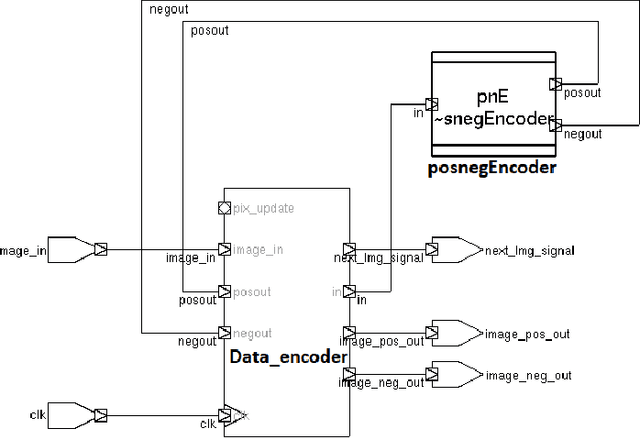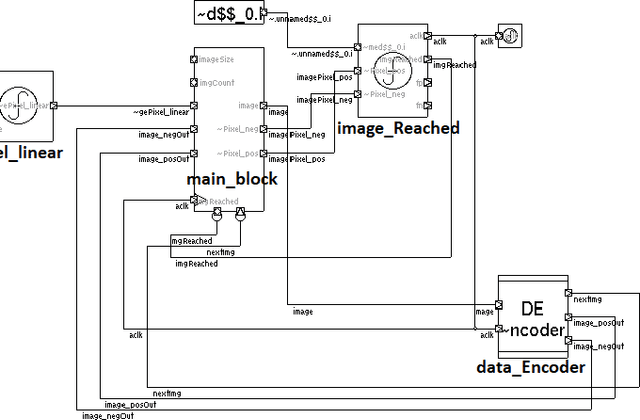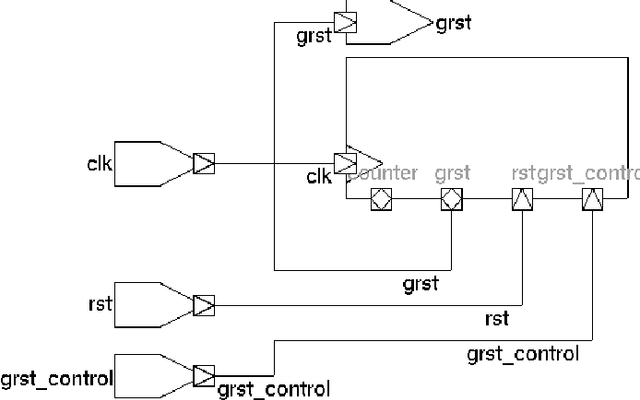Alok Anand
C3S Micro-architectural Enhancement: Spike Encoder Block and Relaxing Gamma Clock (Asynchronous)
Jun 26, 2023



Abstract:The field of neuromorphic computing is rapidly evolving. As both biological accuracy and practical implementations are explored, existing architectures are modified and improved for both purposes. The Temporal Neural Network(TNN) style of architecture is a good basis for approximating biological neurons due to its use of timed pulses to encode data and a voltage-threshold-like system. Using the Temporal Neural Network cortical column C3S architecture design as a basis, this project seeks to augment the network's design. This project takes note of two ideas and presents their designs with the goal of improving existing cortical column architecture. One need in this field is for an encoder that could convert between common digital formats and timed neuronal spikes, as biologically accurate networks are temporal in nature. To this end, this project presents an encoder to translate between binary encoded values and timed spikes to be processed by the neural network. Another need is for the reduction of wasted processing time to idleness, caused by lengthy Gamma cycle processing bursts. To this end, this project presents a relaxation of Gamma cycles to allow for them to end arbitrarily early once the network has determined an output response. With the goal of contributing to the betterment of the field of neuromorphic computer architecture, designs for both a binary-to-spike encoder, as well as a Gamma cycle controller, are presented and evaluated for optimal design parameters, with overall system gain and performance.
Quantum Image Processing
Mar 01, 2022



Abstract:Image processing is popular in our daily life because of the need to extract essential information from our 3D world, including a variety of applications in widely separated fields like bio-medicine, economics, entertainment, and industry. The nature of visual information, algorithm complexity, and the representation of 3D scenes in 2D spaces are all popular research topics. In particular, the rapidly increasing volume of image data as well as increasingly challenging computational tasks have become important driving forces for further improving the efficiency of image processing and analysis. Since the concept of quantum computing was proposed by Feynman in 1982, many achievements have shown that quantum computing has dramatically improved computational efficiency [1]. Quantum information processing exploit quantum mechanical properties, such as quantum superposition, entanglement and parallelism, and effectively accelerate many classical problems like factoring large numbers, searching an unsorted database, Boson sampling, quantum simulation, solving linear systems of equations, and machine learning. These unique quantum properties may also be used to speed up signal and data processing. In quantum image processing, quantum image representation plays a key role, which substantively determines the kinds of processing tasks and how well they can be performed.
 Add to Chrome
Add to Chrome Add to Firefox
Add to Firefox Add to Edge
Add to Edge